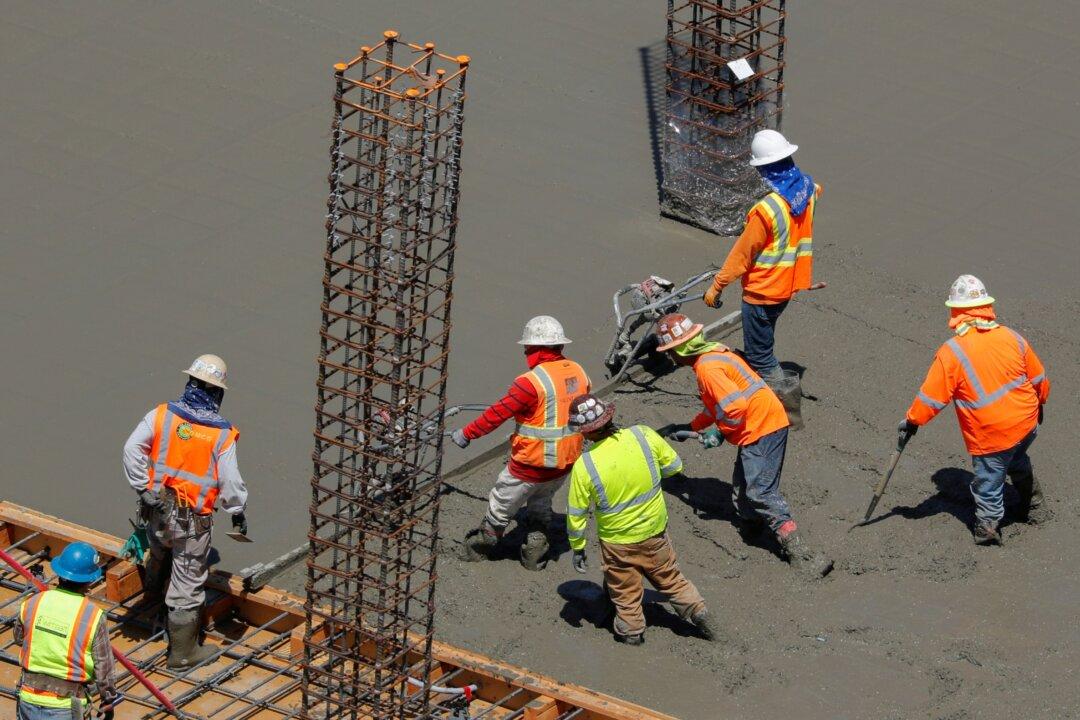The economy expanded by 75,000 jobs in May, which was much less than expected. But the unemployment rate has remained at 3.6 percent, which is the lowest since December 1969, according to the Bureau of Labor Statistics (BLS).
The data suggests the job market has cooled, but not to a point where it would harm employment. In fact, there are some signs the market is still improving.





